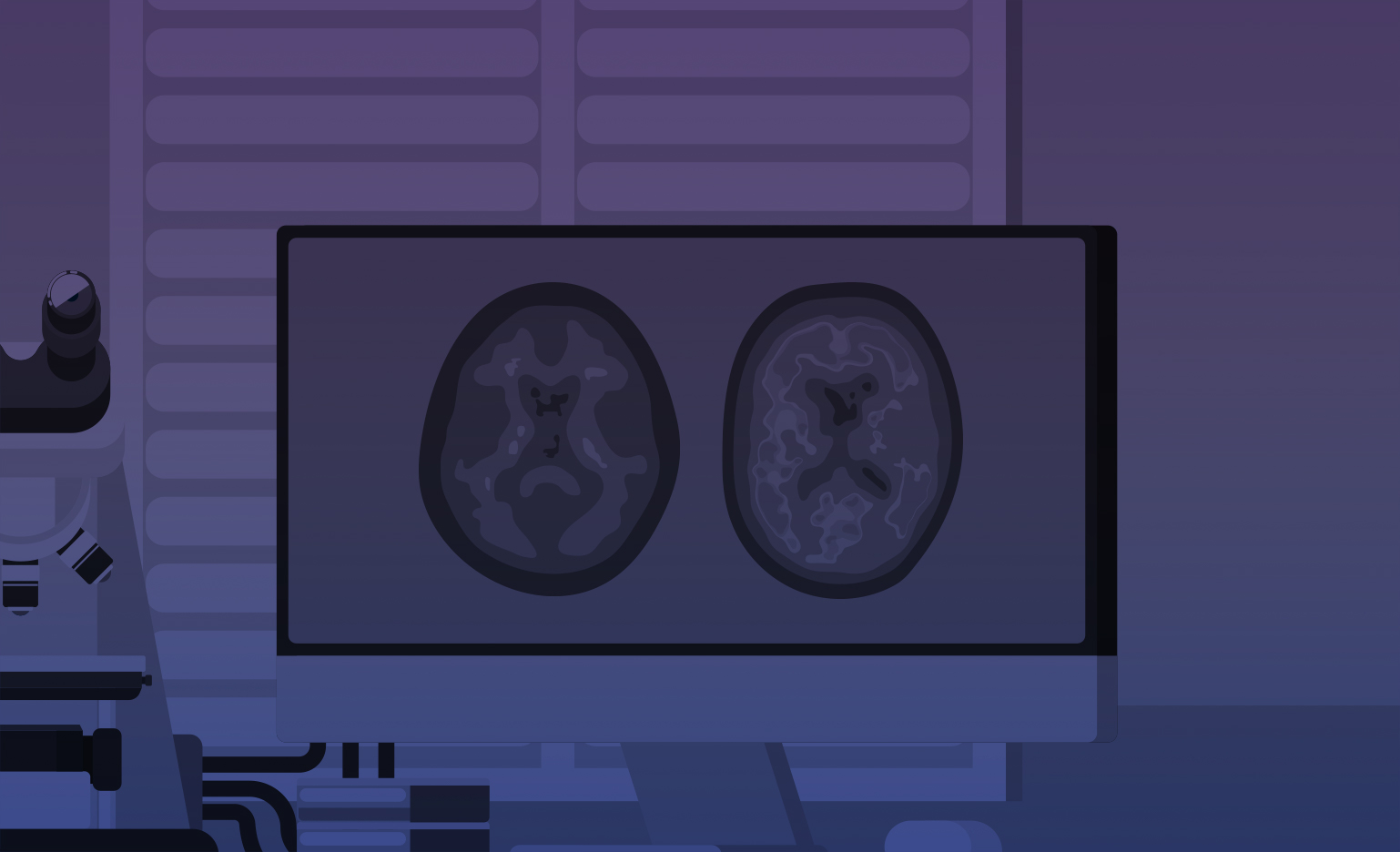BrainWire LLC
BrainWire LLC
BrainWire: Predictive Imaging-based biomarker technology for Alzheimer's Disease
Alzheimer's Disease has a prevalence of 6 million in the US, and costs $215 billion. This clinical and economic burden can only be mitigated with novel therapeutic and diagnostic advances, but accurate diagnosis and prognosis today is unfortunately a distant goal. In the primary care setting, 3.2-12% of elderly patients met criteria for dementia but were undiagnosed, and accounted for 50-66% of demented cases. Differential diagnosis is offered based on qualitative MRI reads and natural history, and prognosis is generally vague and non-quantitative. These challenges owe to that neurologists cannot infer by the naked eye how the disease relates to the brain's extant connectivity networks, which are critical conduits of degenerative disease. This uncertainty not only precludes correct disease prognosis, but also hampers timely therapeutic intervention in susceptible patients. This is especially a problem in clinical trials, where accurate cohort stratification and monitoring would be critical in phase II/III. This critical gap in the market presents an unparalleled opportunity for computational and data-driven modeling tools for quantitative dementia prognosis. This proposal is therefore targeted at the development of a computational tool being commercialized by BrainWire, that can take baseline MRI- or PET-derived brain atrophy patterns, codify available neuropathophysiological knowledge, and provide a time-resolved prediction of the subject's future patterns and functional deficits. The BrainWire technology is based on NIH-funded research from the PI's laboratory at Weill Cornell, who have developed a new computational model based on transmission of misfolded proteins from neuron to neuron. This mathematical model captures how disease transmission is enacted on the brain's connectivity network. It was shown to closely match patterns of atrophy in Alzheimer's and other dementias. We request ADDF funding to develop and refine this technology into a commercial software product, and obtain validation data to support a FDA application.

